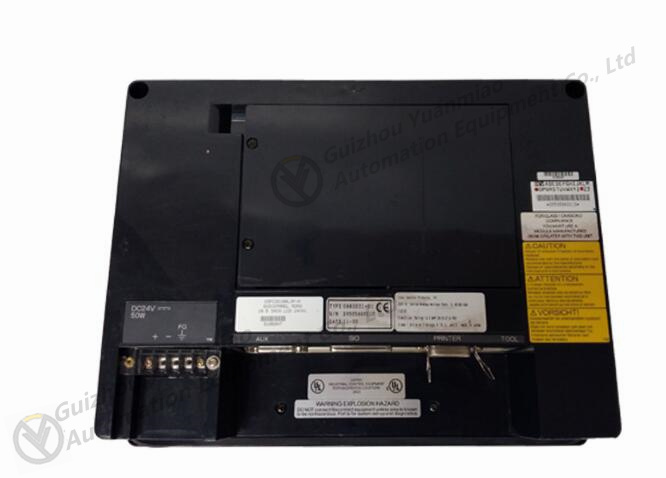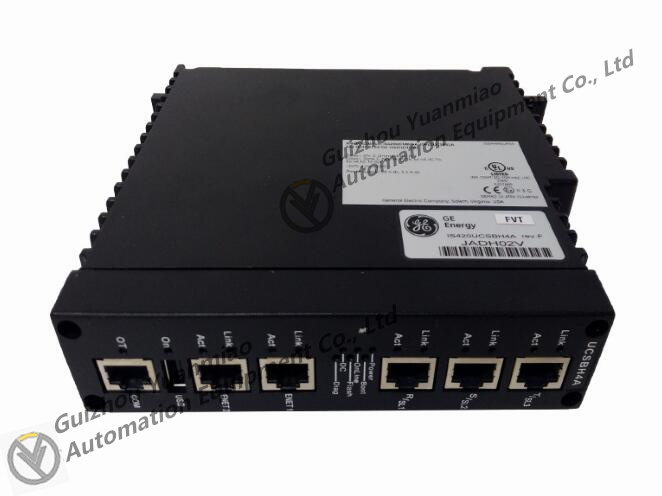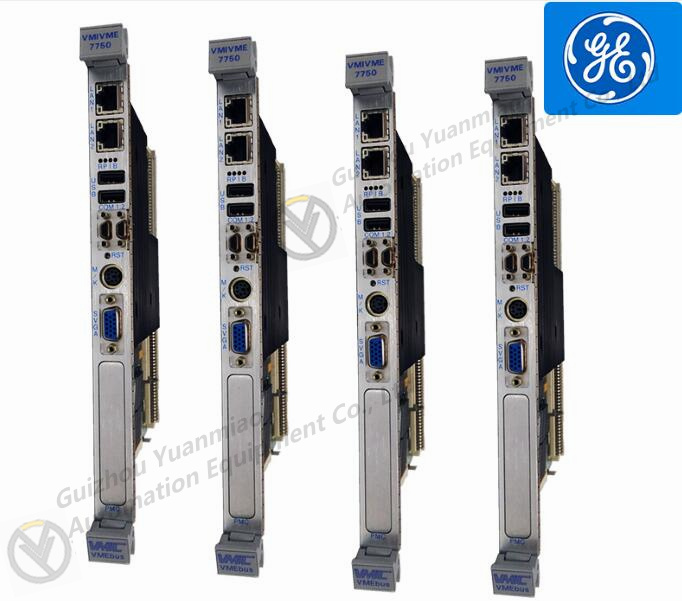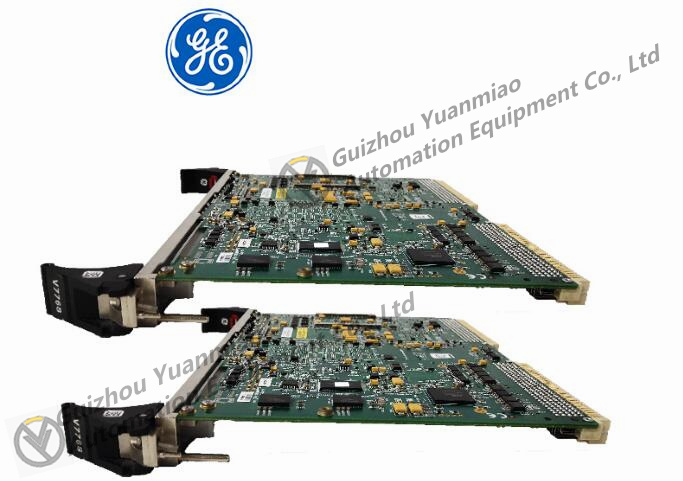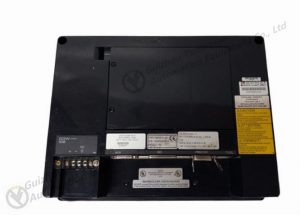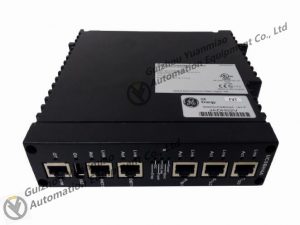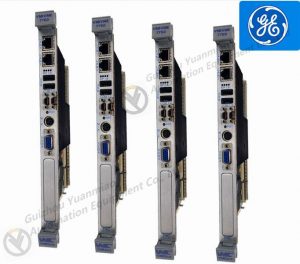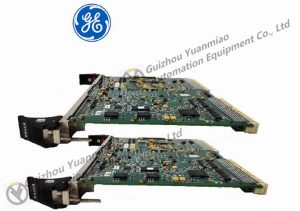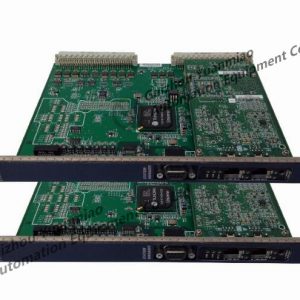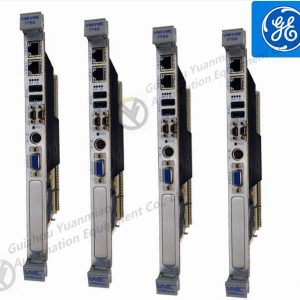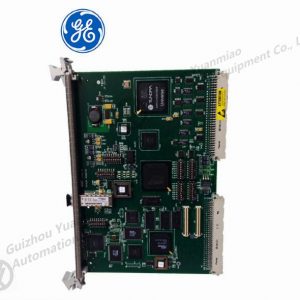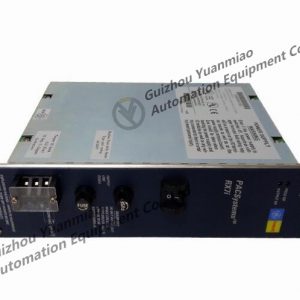IS200EPSMG1A Exciter power module
IS200EPSMG1A is an excitation power module developed by GE based on the Mark VI turbine control system. The EX2100 excitation control system and EX2100 regulator control both use this exciter power module (EPSM). The EPSM Group 1 (EPSMG1) module is used for excitation control systems, and the EPSM Group 2 (EPSMG2) module is used for regulator control. The excitation regulator power sub board (EPSD) is installed on EPSMG2. EPSM consists of two main components: a step-down regulator and a push-pull inverter. The voltage regulator converts the input voltage into a 50 V DC intermediate voltage. Then, the intermediate voltage is fed to the push-pull inverter, which generates the necessary multiple output voltages. The transformer of the push-pull inverter provides high-voltage isolation between the input voltage source and the output of the control system.
Application of excitation control system
EPSMG1 converts the 125 V DC voltage from the Power Distribution Module (PDM) to the voltage required for EX2100 excitation control. Each controller M1, M2, and C is powered by three independent EPSMG1. They installed the Exciter Power Backplane (EPBP) in the EPBPG of the control cabinet, which is located below the EBKPG A Exciter Backplane (EBKP). The power is transmitted from EPSMG1 to EPBP through connectors P1 and P2 (cables used to connect EBKP and other boards). EPSMG1 provides+5 V DC, 15 V DC, and 24 V DC power supply for the control component backplane. External modules are also powered as follows:
24 volt DC power supplies the fan, demagnetization module, pry bar module, grounding detector module, and field voltage/current module.
Isolation+70 V DC for terminal board contact wetting
Application of regulator control
EPSMG2 converts the DC bus voltage into the voltage required to control the EX2100 voltage regulator. An EPSMG2 is installed on the back panel of the ERBPH A excitation regulator in a simplex system (ERBP). In a redundant system, one EPSMG2 is installed in ERBP (M1), and the other is installed in the redundant backplane (ERRB, M2/C) of the ERRBH A excitation regulator. By increasing creep and clearance, the EPSD installed on EPSMG2 modified the power input path to enable EPSMG2 to accept higher voltages. It also serves as a fuse between the regulator power supply (DC link) and the step-down regulator. EPSMG2 provides+5 V DC, 15 V DC, and 24 V DC voltages for ERBP and ERRB. External modules are also powered as follows:
24V DC (P24B/N24B) supplies power to fans, relays, and DC feedback boards
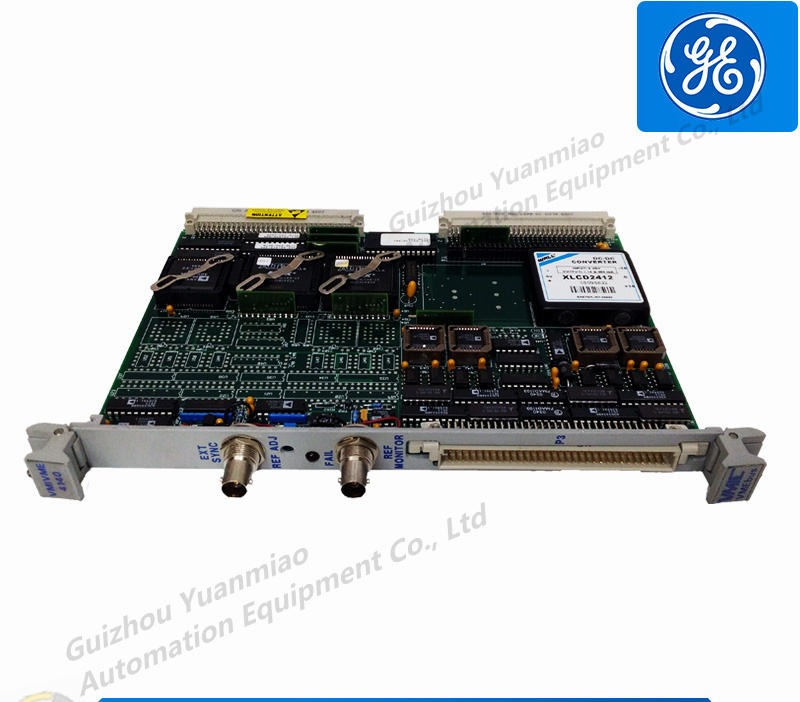
GE VMIVME-7750-744000 Control Pulse Card Module
Product Introduction:
Control pulse processing: The GE VMIVME-7750-744000 control pulse card module is mainly used to process control pulse signals. It can receive pulse signals from sensors or other devices and count, measure, or convert them.
Multi channel input: This module is usually equipped with multiple pulse input channels and can receive multiple pulse signals simultaneously.
High precision counting: The GE VMIVME-7750-744000 control pulse card module usually has high-precision pulse counting capability, which can accurately count the number of pulse signals.
Programmability: The control pulse card module is usually programmable, and users can configure and customize it according to actual needs, flexibly adapting to different control requirements.
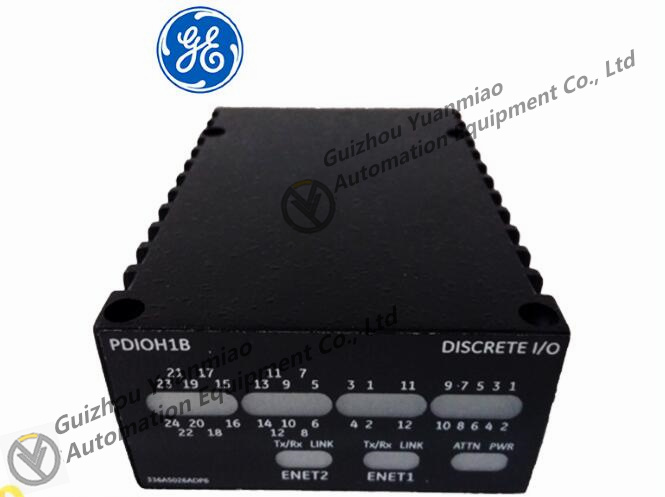
| GE | IC200GBI001 |
| GE | IC3645LXCD1 |
| GE | IC660BBD025 |
| GE | IC660EBD020 |
| GE | IC660ELB912G |
| GE | IC660ELD100A |
| GE | IC660TSA100 |
| GE | IC670CBL001 |
| GE | IC670CHS001 |
| GE | IC670CHS002 |
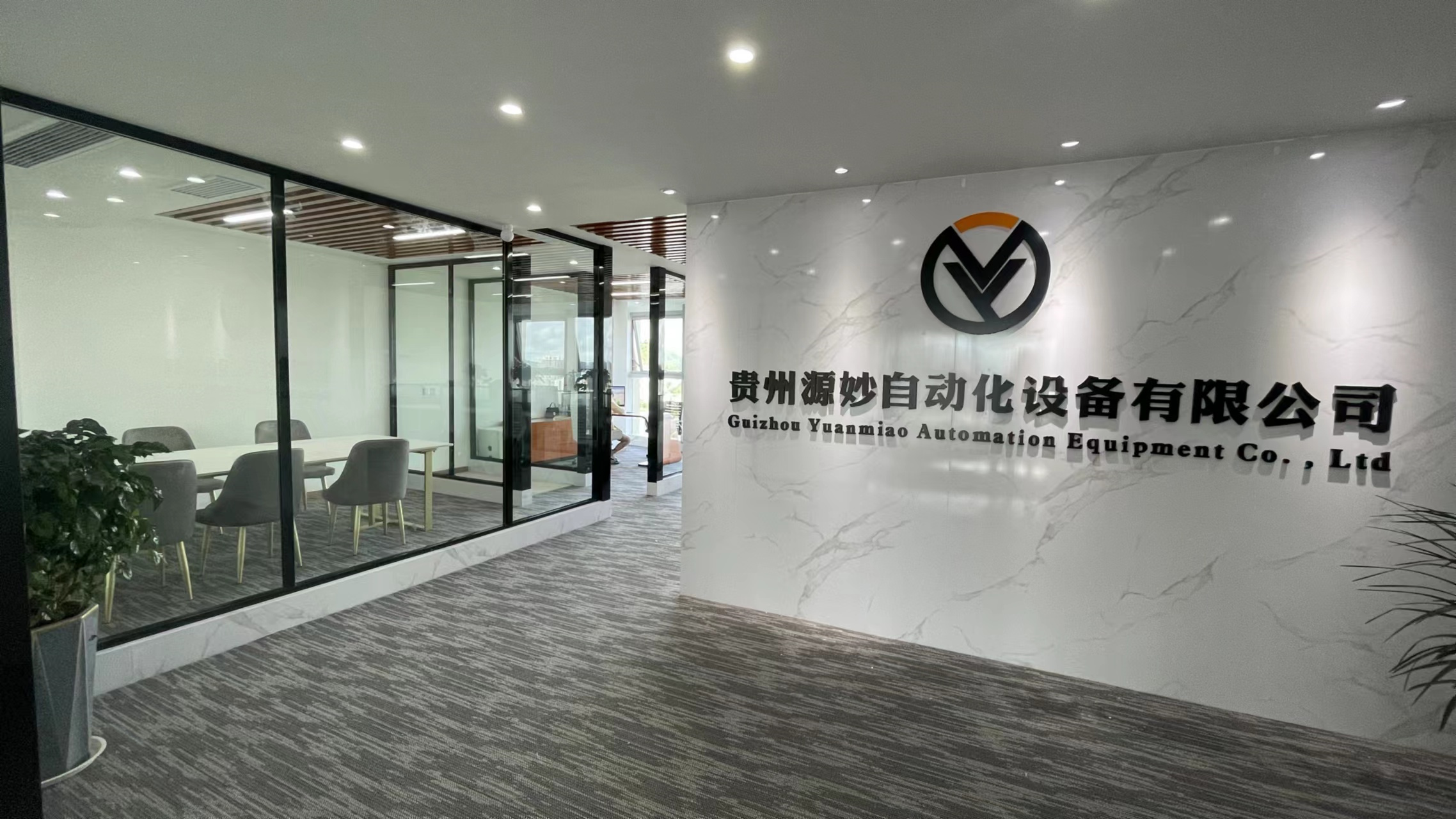
[Disclaimer]
Our company sells new products and discontinued products, and purchases such special products through independent channels. Guizhou Yuanmiao Automation Equipment Co., Ltd. is not an authorized distributor, distributor or representative of the featured products of this website. All product names/product images, trademarks, brands and microlabels used on this website are the property of their respective owners. Product descriptions, descriptions or sales with these name images, trademarks, brands and logos are for identification purposes only and do not represent any association or authorization with any right holders.

